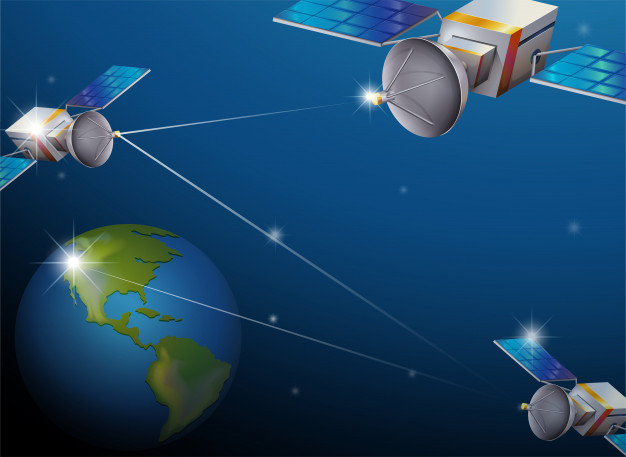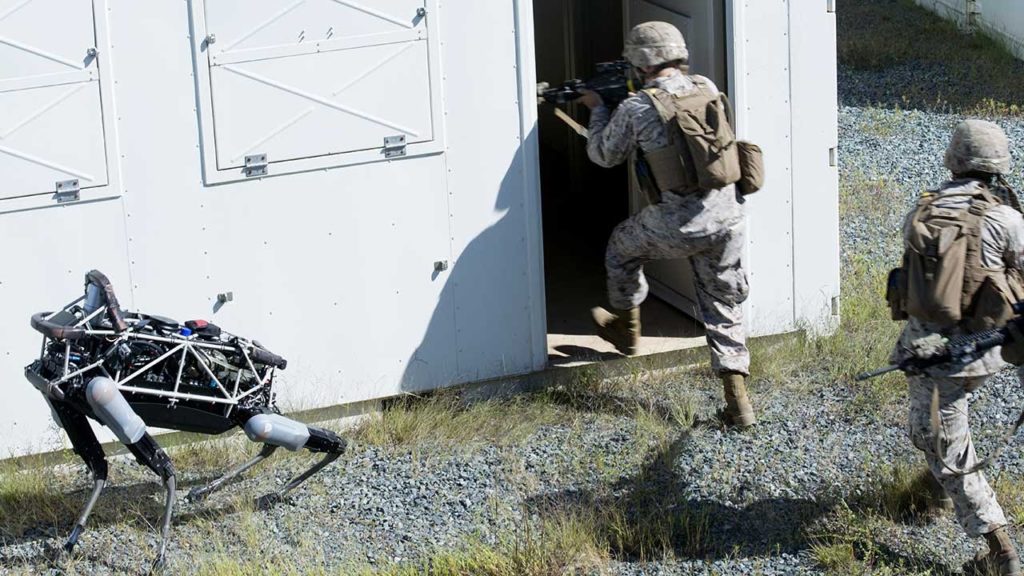India has launched more than 118 satellites since 1975. Indian Space Research Organization (ISRO) is credible for India’s Space Program. In February 2017, ISRO has organized a new document by undertaking 104 satellites in one stab. Among them, only 3 of these were Indian Satellites. These were introduced by Polar Satellite Launch Vehicle (PSLV) – C37 on 15th February 2017.
Earlier, this list was set by Russia in 2014 by introducing 37 satellites in a single mission. US Space Agency NASA has undertaken 29 satellites in one stab. ISRO launched several types of satellites. These incorporate Indian Remote Sensing Satellites, GPS or Navigation Satellites, Spy Satellites, and Military Satellites, etc.
Many government organizations in the world launched artificial satellites, amongthem one such organization is ISRO. ISRO is the Indian Space Research Organization. It is a space agency of the government of India which has its headquarters in Bengaluru.
ISRO’s first chairman was Vikram Sarabhai. Currently, the chairman of ISRO is Kailasavadivoo Sivan. It was established by renowned scientist Vikram Sarabhai in 1962. This Indian space agency is mainly involved in research and development activities related to space applications including launching artificial satellites. Also, India has owned the launch pad which Satish Dhawan Space Centre in Sriharikota, Andhra Pradesh.
As you can see there are various types of satellites like communication, scientific experimental navigation, etc. Now let us begin with the list of all the satellites launched by India.
In this blog, we will discuss some of the List of Satellites Launched by India.
Aryabhata

Aryabhata the first indigenous satellite launched on 19th April 1975. But it was launched from a Russian satellite which was developed at ISRO. The main purpose of the satellite was to gain experience in building and operating satellites.
Bhaskar

Bhaskar is the second satellite indigenously launched by ISRO on 7th June 1979 which was the first experimental remote sensing satellite and they provided land surface data other experimental remote sensing satellites were launched namely Bhaskara-2 and INSAT-1C on 28th November 1981 and 21st July 1988 respectively. These were improvised versions of passcode to improve the process of conducting Earth observation related to geology, hydrology, etc.
Rohini Series

Rohini series was a set of three satellites named RS-1, RS-D1, and RS-D2 launched by ISRO from 1979 to 1981. It was launched by India’s first launch vehicle SLV-3. It helped to conduct Ariane passenger payload experiments. The next satellite that was launched was Ariane Passenger Payload Experiment (APPLE) on 19th June 1981. It was the first experimental communication satellite. It has a C-band transponder that benefited in navigation.
GSAT series

GSAT series was launched on 26th May 1999. GSAT series was an experimental satellite for the first development flight of the geosynchronous satellite. It was launched on 18th April 2001 but failed in its mission as it got launched in the wrong orbit. In later years other satellites in the series were launched with advancements like multi-band communication dedicated for military use etc.
GSAT-30 was launched on January 17, 2020, by ISRO has subsisted in the news recently. GSAT-30 was undertaken by the vehicle Ariane-5 VA-251 into a Geosynchronous Transfer Orbit (GTO) from Kourou launch base, French Guiana. This satellite is inaugurated by ISRO as a substitute for INSAT-4A and will deliver advanced telecommunication services to the full Indian subcontinent. GSAT-30 is the 41st information satellite launched by ISRO.
The satellite is a manufactured object which has been gradually settling into space for different purposes like remote sensing, weather forecasting, image mapping, education, and research.
Chandrayaan

Chandrayaan-1 was one of first India’s robotic spacecraft sent to the moon. It was launched on 27th October 2008 and carried 11 scientific instruments built by India, USA, UK, Germany, Sweden, and Bulgaria. The objective of this generation mission was to perform a geographical study of the moon.
In 2019, Chandrayaan-2 was launched on 15th July 2019 by ISRO. It was India’s second lunar mission and the launch vehicle was GSLV MK-III. It was the mission to land on the south pole of the moon but the communication with the rover was lost. It was just 2.1km from the moon’s surface. Even after the failure of the landing of the rover the Chandrayaan-2 mission was not a failure. It was launched from Sriharikota in Andhra Pradesh.
Kalpana-1

Kalpana-1 (METEOSAT), was the first meteorological satellite built by ISRO and renamed after Kalpana Chawala. It was launched on 22nd September 2002 with the help of PSLV-C4. It had a very high-resolution scanning radiometer and provided weather and atmosphere data.
INSAT Series

INSAT series was the next level of Bhaskara, different sets named INSAT-1A, 1B, 1C, etc. were launched in coming years for a diverse purpose like the metrological satellite with advanced weather monitoring payload DTH and to augment the existing capacity of previous INSATS.
Conclusion
All these were the major man-made satellites sent to space for various research purposes. Few missions were failed but India never surrendered. That is why today India’s space agency ISRO is on the 5th rank in the world.





